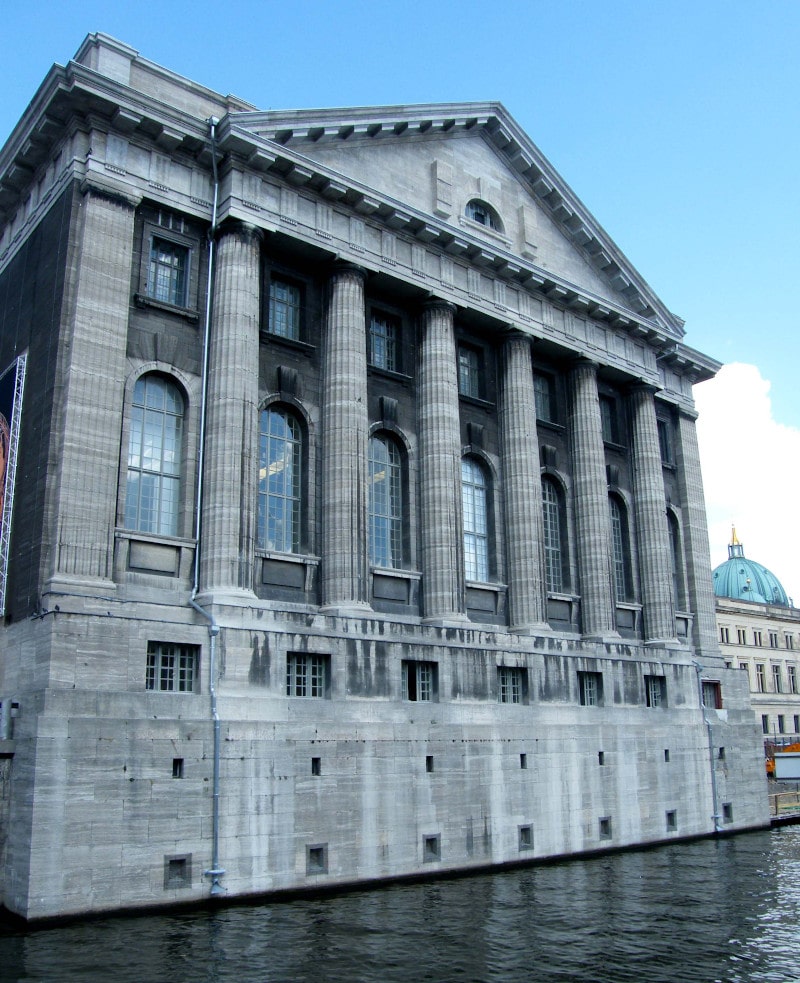
Postsecondary
Syllabi
Lectures and Videos
Resources

ONLINE RESOURCES
ASOR Photo Collections
Pergamon Museum-Berlin Photo Collection
Description:
The Pergamon Museum is the most visited museum in Germany. It was designed by Alfred Messel to replace a smaller structure on Museum Island in Berlin. The museum needed to be enlarged to house the massive amount of finds from German excavations in Mesopotamia at sites such as Babylon, Assur, and Uruk, and others in the 19th century. Following Messel’s death, construction was completed between 1910 and 1930 under the direction of Ludwig Hoffmann. The museum is currently undergoing a number of renovations though many of its exhibits can be viewed online through virtual tours.
The museum is divided into three sections: the Antikensammlung (Collection of Classical Antiquities), the Vorderasiatisches Museum (Museum of Ancient Near East), and Museum für Islamische Kunst (Museum for Islamic Art). The collections of the Antikensammlung include architectural structures and elements, sculptures and vases, inscriptions, mosaics, bronzes, and jewelry. The most famous part is the more than 2000-year-old monumental Pergamon Altar, a masterpiece of Hellenistic art with a sculptural frieze that depicts the battle between the gods and the Giants.
The Vorderasiatisches Museum houses one the most important collections of Near Eastern Antiquities and bears witness to 6,000 years of art and culture in Mesopotamia, Syria and Anatolia. Perhaps the most well-known parts of the museum are the Ishtar Gate and the Babylonian Processional Way, which were reconstructed in the museum following excavations in the 19th century. The museum also includes the victory stele of the Assyrian King Esarhaddon from Zincirli, cylinder seals from Assur, Uruk and Babylon, and 30,000 cuneiform tablets representing literary texts and legal documents
The Museum für Islamische Kunst is one of the oldest of its kind and features objects such as pages of the Koran, prayer rugs, ivory carvings, and faience mosaics of mihrabs (prayer niches) representing Islamic history from the 7th to 19th century. One of its highlights is the monumental façade from the palace of Mshatta, a gift from the Ottoman Sultan Abdülhamid II. (Pergamon Museum)
Image Collection
If you would like to contribute to the ASOR Photo Collections or have any questions, please contact Marta Ostovich (programs@asor.org).

